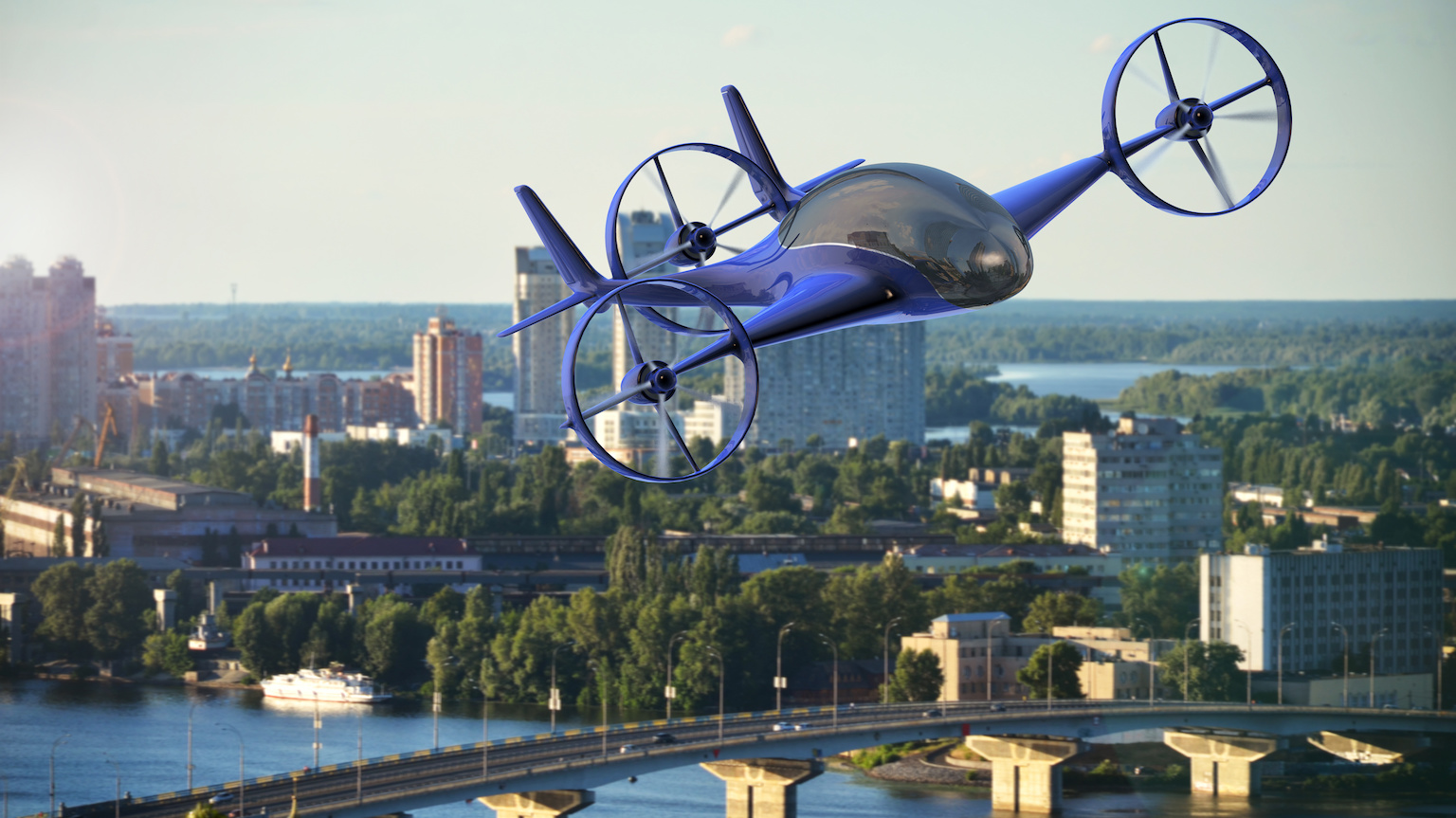
[ad_1]
Kia’s upbeat outlook comes amid increasing enthusiasm for EVs across the industry as automakers from Japan to Europe and the U.S. hike sales expectations amid stronger customer interest and government regulations and subsidies that promote the technology.
The shift to electrification will also help Kia move its brand image upmarket, Song added.
“In 2021, Kia went through a full-scale transformation of its corporate name, logo, product and design, as well as corporate strategy. As a result, our brand value has improved significantly,” Song said in a news release. “Kia needs to continue its efforts to strengthen Kia brand identity.”
Overall, fast-growing Kia expects global sales to reach 4.3 million vehicles in 2030, a 34 percent increase over its sales target of 3.2 million for 2023, Song said.
In outlining Kia’s corporate strategy for the coming years, Song also detailed plans for his so-called purpose-built vehicle business.
Kia will launch a midsize PBV, a kind of dedicated fleet vehicle, in 2025 and eventually expand the lineup to include robotaxis with automated driving.
In product news, Song said Kia will offer a high-performance GT trim on all future EV models.
Other key highlights of Kia’s road map:
- EVs are to account for 37 percent of global sales in 2030, up from an 8 percent target in 2023.
- Conditional Level 3 automated driving is to be introduced in 2023 in the EV9.
- Corporate carbon neutrality is to be achieved by 2045.
- An operating profit margin of 9 percent is to be delivered in 2026 and 10 percent in 2030.
Kia’s U.S. sales surged 22 percent to 184,136 vehicles in the first quarter of 2023. Kia’s worldwide sales rose 12 percent to 767,700 in that period.
“Kia aims to create growth momentum that outperforms the wider market growth with its competitive products and enhanced brand perception,” Kia said in the statement.
“The sale of electrified vehicles will drive the growth.”
By lifting the brand’s image and perception, Kia said it will focus on moving higher-trim models, enabling it to achieve higher average vehicle prices and command fatter margins.
Last year, EVs contributed just 5 percent to overall profit. Song wants that to grow to 32 percent in 2026 and then 53 percent by 2030. Better profitability will come partly by cutting the cost of batteries 55 percent by 2030, compared with 2018 prices, the company said.
In 2022, Kia was the No. 4 seller of EVs in the U.S., with a 3.8 percent market share, just ahead of sibling brand Hyundai but behind market leader Tesla, No. 2 Ford and third-ranked Chevrolet.
[ad_2]
Source link




